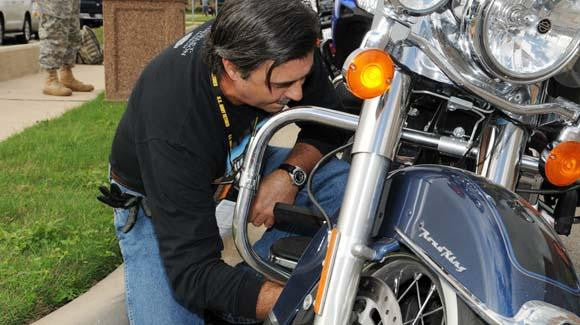How to Plan a Group Biking Trip
Written By Thato
Experiencing our beautiful country via road tripping is a breath taking experience not many South African get to have. With vast sea like valleys, long winding dirt roads or the odd looking mountains tops, South Africa has some of the world’s best scenic routes. Now if you add the element of open motor bikes and a few biking club buddies, you have yourself a road trip worthy of ‘Harley Davison Club’ status.
But Harleys aside, there are a few things you will need to do before you can get out to hit the open road.
Remember that unlike a car, motorbikes have limited storage space. You will have to decide exactly what you want to take and what you will need. Good questions to ask yourself are, how long will I be gone? Where do I indent to go? What type of accommodation will I make use of? How many people are coming with me?
Baggage
Unless you are a proud owner of a touring bike, you will probably need to have a set of saddle bags (and backpacks don’t count) or a tank bag to carry your stuff in. You can choose the option of hard case or soft case bags. Hard cased bags offer much better weather protection but are harder to install. A good option is the ATG Overlander, which is 100% waterproof and durable but is also light weight and foldable.
How many people are coming with you?

Have a list of the people who are coming with you. This will help you keep track of all the participants and will also help you add fun activities for a larger group of people to do. Add a section with everybody’s connected details and details of people to contact in case of an emergency.
Check your bike

Next you will need to do an inspection of your bike. The Motorcycle Safety Foundation recommends the T CLOCS guidelines.
- Tires – Make sure that your tires are properly inflated by using your air pressure metre or one made available at a filling station.
- Controls – Make sure that your clutch and brake cables are working.
- Lights – Check that your headlights, taillights and indicator lights work correctly.
- Oil – Check your oil and cooling fluid.
- Chassis – ensure that your frame, chain, suspension and fasteners are all in working condition.
- Stands – Make sure that your bikes stand is not cracked or bent and that the springs work correctly.
Communication

Being able to speak to your fellow riders is a great way to add an extra fun element to your trip. A biker to biker communication headset will help you quickly relay details to your co- riders. A good option is The Cardo G9, which allows you to connect and speak to up to 9 other riders (4 rider, cross-communication). Another one is the Scala Rider Q3 which also has built in FM radio and GPS audio out.
Packing
Packing all the right items without over stocking can be tricky. A good idea is to make use a good touring suit that can keep you comfortable during your rides. Pack a good selection of thin clothes rather than heavy, bulky clothes. Its far better to stop and add layers of clothes than to sweat through what would otherwise be a fun, scenic route ride.
When packing your saddle bag, remember to but heavier, more solid items at the bottom, with lighter items at the top. Roll your clothes instead of stacking them to save space.
Because you’re riding in a group, comparing packing lists to see if you have duplicate items that you can save space on. If your traveling will your ‘special someone’ ask yourself questions like, can we share toothpaste or shampoo?
Be sure to pack energy drinks and snack bars in case you find yourself far from any store during your trip.
Action Tip! : Zip lock bag also offer you an excellent way of organising smaller items in your sable bag.
Ride using a full faced helmet. Not only because they more protection and safety but they also offer more protection against rain and cold winds. A well ventilated helmet will also give you some comfort in warm weather too.
Though it's tempting to hit the open road and simply follow your nose, don't forget that you're more vulnerable to the elements, fatigue, and potentially serious injury on a motorcycle. Prepare yourself with clothing appropriate for the weather. Plan a route and, if you don't have a portable GPS system, do whatever it takes not to get lost, even if it means taping directions to the top of your fuel tank.




